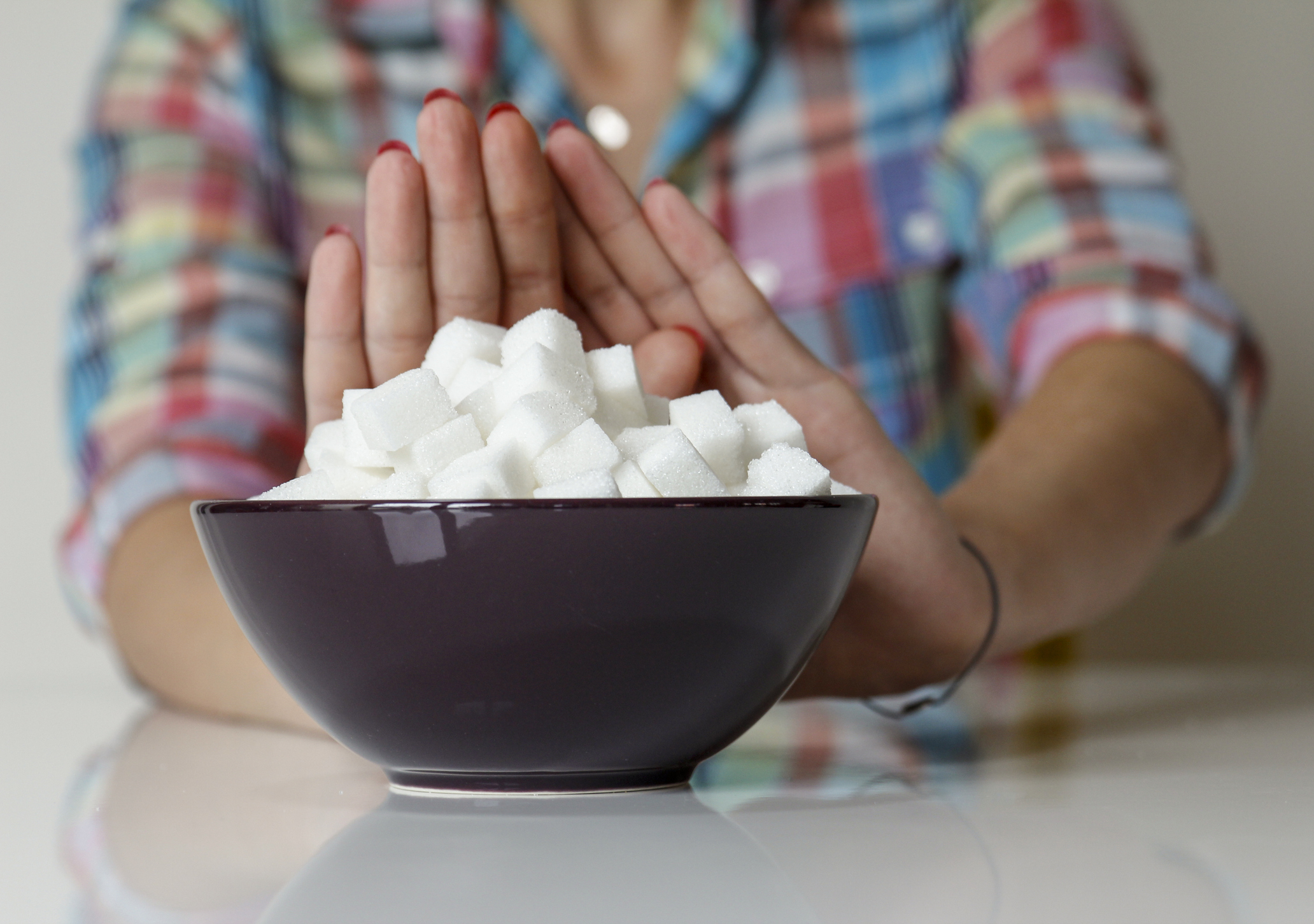Living with diabetes requires lifestyle changes and constant self-care to ensure you’re in the best health possible. And for many diabetics, this means adjusting your diet to better suit your blood sugar and your body’s needs.
Fortunately, living with diabetes doesn’t mean you have to give up your favorite foods or meals. You just have to cut down on your consumption – and sugar is one ingredient you’ll need to watch carefully.
Too much sugar isn’t healthy for anyone, but it’s especially important that diabetics lower the number of sweet treats consumed. Here are a few tips to make it easier to eat less sugar and stay healthy.
1. Choose Fruit Over Fruit-Flavored Foods
Fruit is an obviously healthy choice, but it can be really hard to choose fruit over your favorite sweet and sugary snacks. However, opting to snack on fruit or include more fruit in your diet can be a huge help if you’re trying to limit your sugar intake.
As WebMD writes, fruit is a filling choice and it’s loaded with health benefits. Different kinds of fruit include carbohydrates, a variety of vitamins, minerals, and fiber. Even more importantly, they’re low in fat and contain only natural sugars – the kind of sugars that aren’t terrible to eat.
Fruit can be an easy swap if you’re craving something fruity or sweet. Instead of opting for fruit cups, applesauces, fruit drinks, fruit juice, or canned fruit, go for fresh fruit instead. You won’t consume the added sugars and sweeteners added to canned, prepackaged, or flavored fruit items, keeping your sugar intake better regulated when you opt for fresh fruit.
2. Skip the Flavored Yogurt
Yogurt is a pretty healthy option whether you’re choosing it for breakfast or a snack. After all, most yogurts are packed with good-for-you ingredients, like probiotics, that keep your gut healthy. And while yogurt is a recommended food by many nutritionists and doctors, diabetics need to be careful – some types of yogurts are actually hiding a significant serving of sugar.
According to Everyday Health, diabetics should avoid flavored yogurts because these varieties tend to pack a ton of added sugar. In particular, chocolate, strawberry, and vanilla flavored yogurts tend to have the most sugar. Even if a yogurt is low in fat, anyone with diabetes will want to keep a close eye on the sugar content.
If you’d like to turn yogurt into something sweeter or you just can’t stand plain yogurt, choose a brand that contains only a small amount of sugar. Or, you can increase the sweetness yourself by adding fresh fruit or granola into your morning yogurt for a better taste.
3. Watch What You Drink
One of the biggest sugar culprits? The beverages you drink. Picking up a sugar-packed drink happens far too often, even for those without diabetes. But if you take a look at what you drink throughout the day, you’ll likely realize you’re sipping on a ton of sugar.
Soda is the most obvious sugary drink, but there are plenty of other everyday beverages that are sneaking extra sugar into your diet. In addition to sodas, WebMD calls the following drinks the worst choices for diabetics looking to cut down on sugar:
- Beer
- Sweetened tea
- Coffee with sugar, cream, or added syrups
- Fruity mixed drinks
- Dessert wines
- Flavored coffees
- Energy drinks
While water is obviously the healthiest – and the safest – beverage you can choose to drink, you don’t have to cut out other drinks entirely. You can opt for sparkling water (just make sure there’s no added sugar), unsweetened tea, light beer, or coffee mixed with low-fat milk and sugar substitutes. You can even enjoy wine in small amounts; just try to choose a variety that isn’t on the sweet side to keep the sugars low.
4. Make Your Own Dressings and Sauces
You probably don’t realize it, but there’s a ton of sugar hiding in your fridge and your pantry. Bottled and canned sauces and dressings add a tasty, delicious flavor to meals of all kinds, but they can be dangerous for diabetics who are trying to cut back on their sugar consumption. These often savory sauces and dressings are hiding sugary secrets, packing a ton of sugar into every teaspoon.
As Everyday Health writes, bottled salad dressings contain sugar or high-fructose corn syrup and canned sauces like tomato sauce contain the very same ingredients. The added sugar in these products is exactly what makes them so tasty – but with regular use, that sugar can really add up. Dressings are poured over every salad and used in recipes, while tomato sauce is found on everything from pasta to pizza.
Instead of choosing store-bought dressings and sauces, control the amount of sugar in these kitchen staples by making your own at home. There are plenty of simple salad dressings you can whip up in mere seconds, and you can also make your own simple tomato sauce by boiling canned, chopped, or crushed tomatoes at home. That way, you can add a bit of sugar if it’s needed, but you’ll know exactly how much is in what you’re eating.
